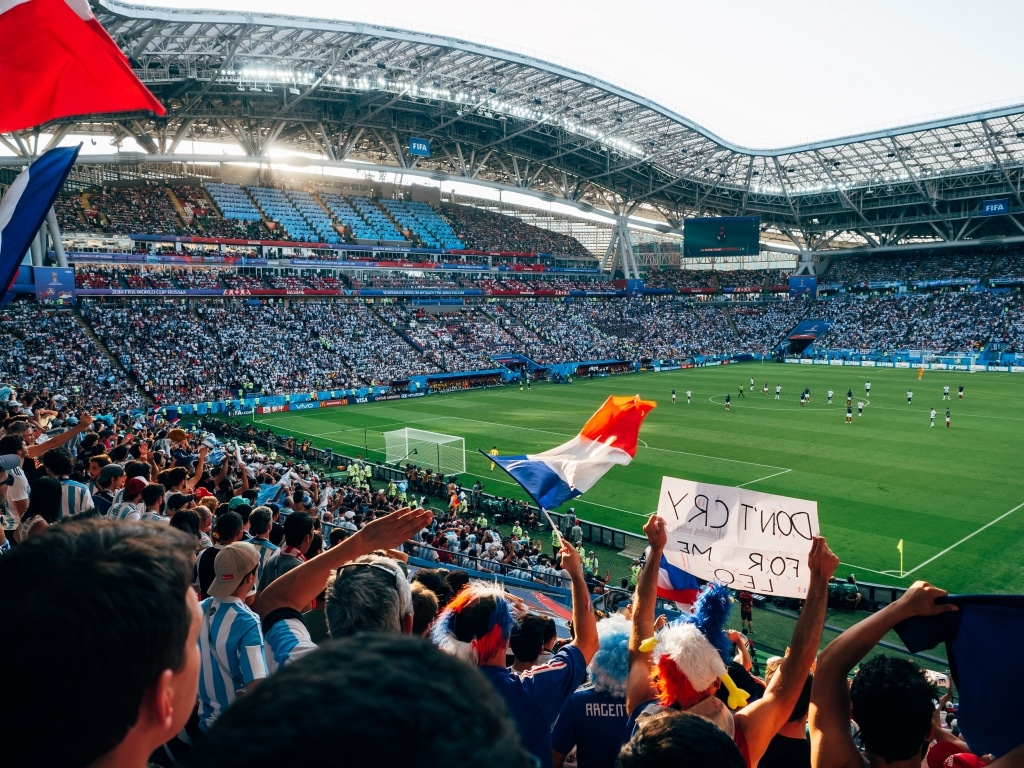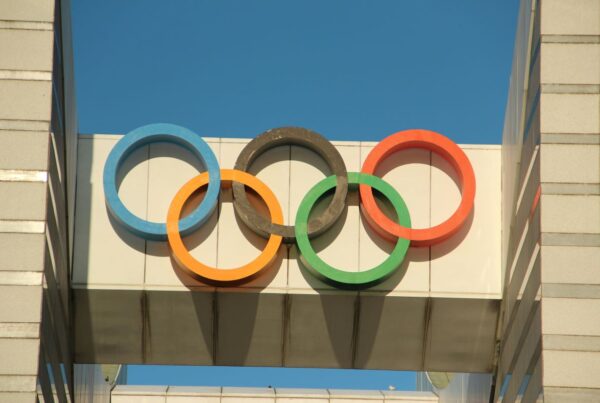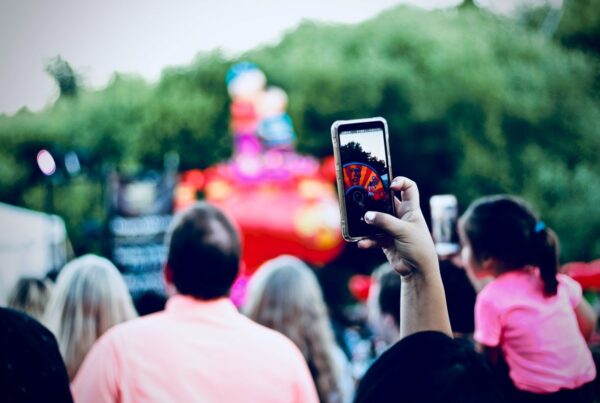The World Cup: how stadiums will attract crowds using the customer experience and their Wi-Fi networks
A week after the big win for Les Bleus in Moscow, this seems like a good time to revisit the opinion piece by Duc Phan published on 12 June 2018 in Siècle Digital, in which our expert explained the keys to offering a unique customer experience using the Wi-Fi networks of World Cup stadiums.
When it broadcast the Europa League final in May 2018, French television channel M6 attracted a record audience of about 7 million television viewers. While big games continue to draw fans en masse, stadiums have seen a significant drop in attendance as they compete with television, online streaming, and sports bars, all of which are more accessible and less restrictive. With the World Cup in Russia just days away, these temples of sport must undergo a digital transformation to draw the crowds back in all year round. Stadiums will win back fans through the user experience or not at all!
In 2017, while the average fill rate for stadiums in the first days of the Ligue 1 season in France was 68.2%, cities like Toulouse and Monaco had a harder time bringing people in. At the same time, Paris Saint-Germain reached a 99% attendance rate, rivalling stadiums in Germany and the UK! Besides the leading status of PSG, this difference in attendance can be explained in particular by the investment by PSG’s Parc des Princes stadium in the digitisation of its services, offering a Wi-Fi connection to give spectators a unique experience. This easy access to the Web has satisfied spectators craving to be connected while also encouraging the sharing of experiences on social media, transforming sports fans into one-day ambassadors for both the football club and for the stadium.
The user experience: the keystone for the attractiveness of stadiums
Strong connectivity will help stadiums develop a crucial counterbalance in response to the growing multitude of competing, less expensive offerings.
Wi-Fi also allows stadiums to offer personalised services that guarantee a great user experience, such as live video, replays on mobile devices, real-time contests, and ordering snacks straight from your seat. The idea is simple: win over your audience by transforming the match into genuine entertainment, similar to the strategy adopted by the NBA, whose games are part of a larger show and a unique experience. It is also a strategy used by e-sport, which has been structured since the very beginning around a ‘phygital’ strategy (combining physical and digital).
This immersive dimension transforms the once-passive spectator into a participant in the event. It is a tool that sets a stadium apart, one that catalyses customer loyalty and attractiveness, and thus one that drives attendance.
The first step towards this strategy: get to know your spectator
This mobile era that we are living in, combined with the omnipotence of digital technology, makes data the key tool in our new economy. Indeed, data provide an abundance of relevant, crucial information for revamping sports marketing around targeted, engaging strategies coupled with the power of real time. For stadiums, this means gathering data from spectators in order to offer a personalised experience.
Faced with decreases in attendance, stadiums need to harness the power of Wi-Fi to launch their digital transformation and become once again the gathering places that they were in the past. The user experience is the best path to success in this challenge. UEFA was ahead of the game with tackling this issue, having imposed a requirement that French stadiums provide a connectivity offering during the Euro 2016.








